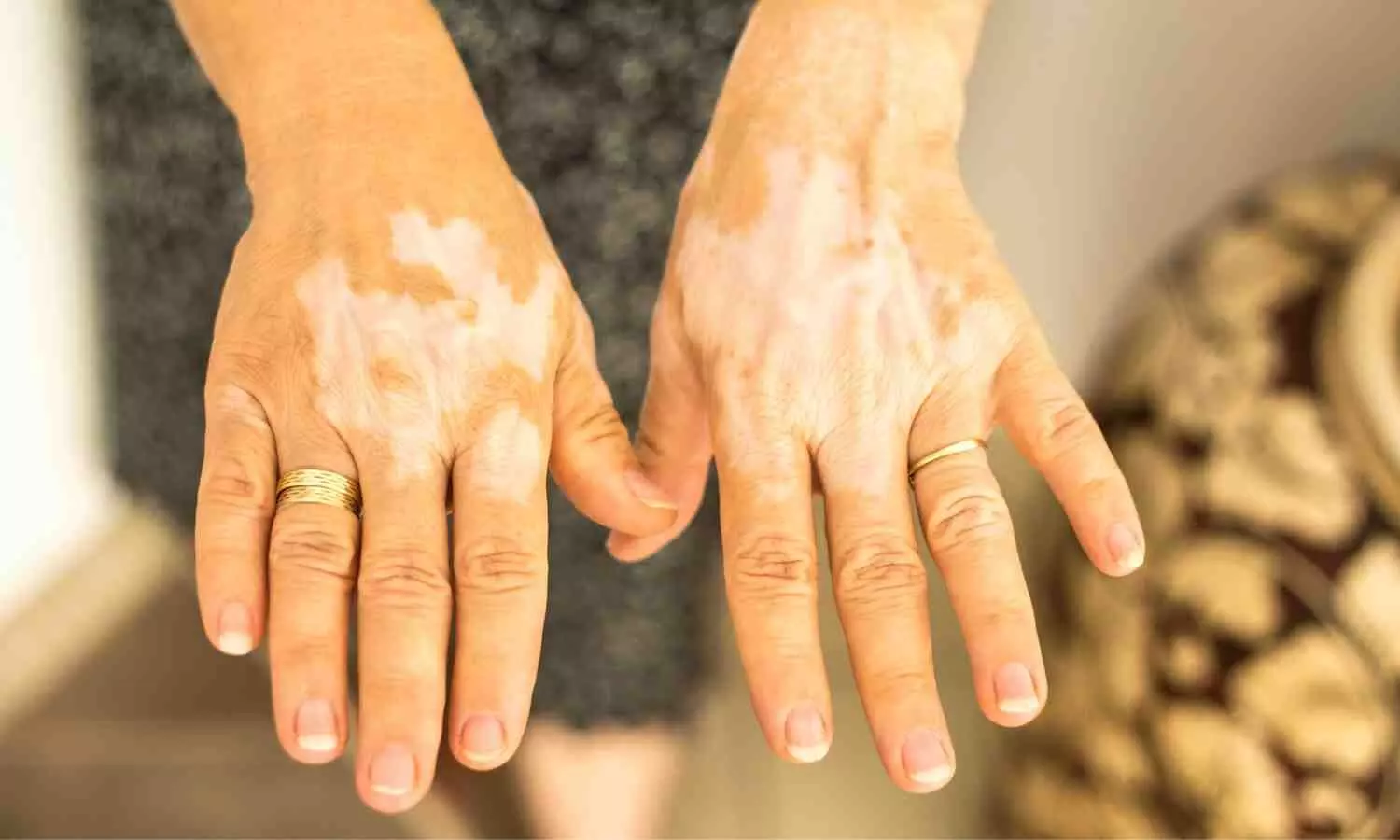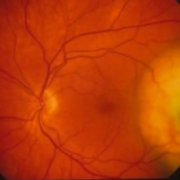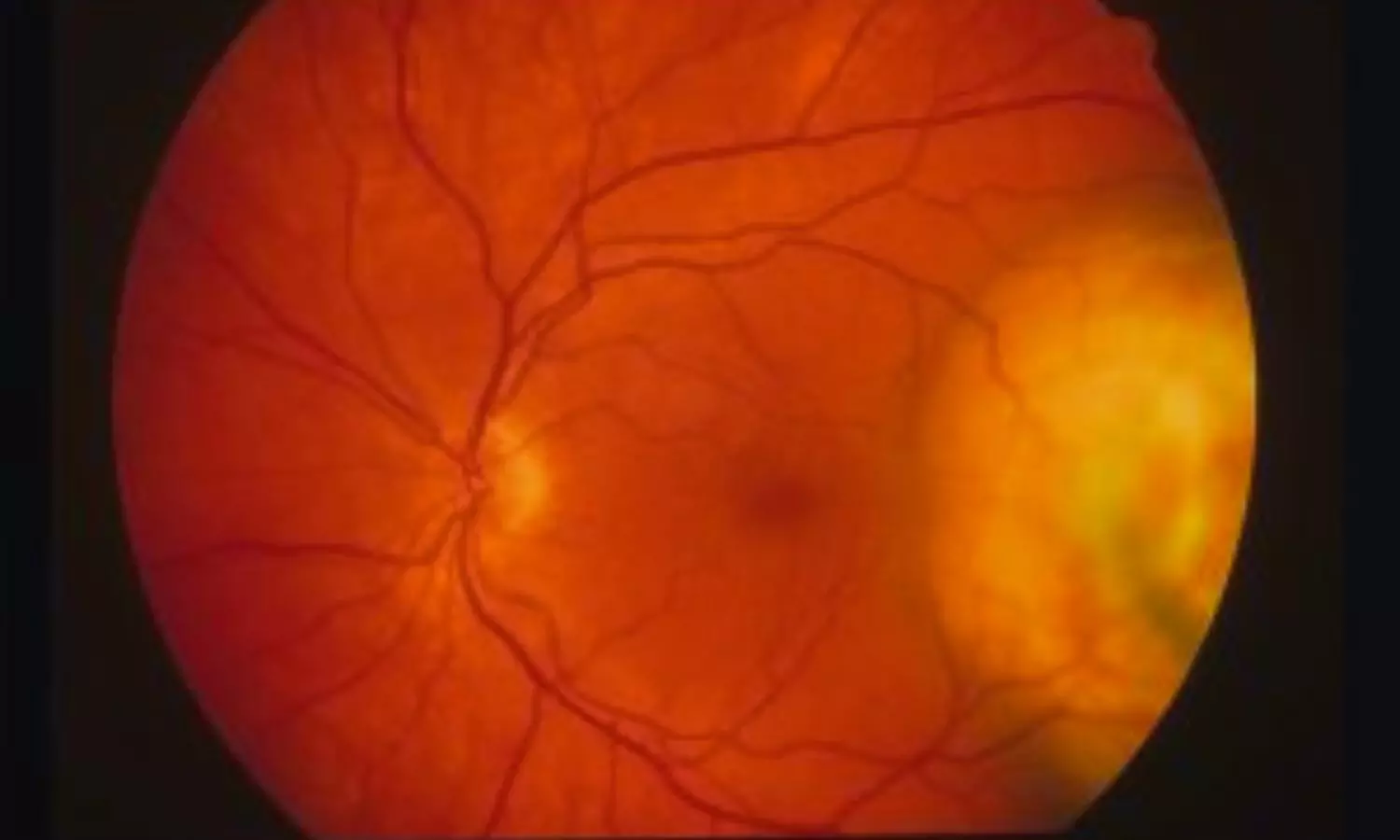Vitiligo Causally Linked to Rheumatoid Arthritis, Type 1 Diabetes, and Alopecia Areata: Study

A new study published in the Journal of Cosmetic Dermatology has found that vitiligo has a direct causal relationship with a number of autoimmune diseases, most notably rheumatoid arthritis (RA), type 1 diabetes mellitus (T1DM), and alopecia areata (AA). Applying novel genetic analysis, this research provides strong evidence of a bidirectional causal relationship between vitiligo and RA, in addition to declaring vitiligo to be a causal agent in the onset of T1DM and AA. These results redefine existing knowledge of the autoimmune environment and propose common biological mechanisms that might inform future diagnosis and treatment protocols. The study was conducted by Jiangfeng and colleagues.
Vitiligo, a depigmenting skin condition caused by melanocyte loss, has been long suspected to be associated with autoimmune disease but has proven elusive to establish as having a direct causal link given confounding and reverse causality. To overcome the above limitations, the researchers utilized Mendelian randomization (MR), a methodology that utilizes genetic variants as surrogates to ascertain causality between traits, to investigate the relationships between vitiligo and six common autoimmune diseases such as systemic lupus erythematosus, Graves’ disease, inflammatory bowel disease, AA, T1DM, and RA.
Bidirectional two-sample MR analyses were applied in the study to examine possible bidirectional causal relationships between vitiligo and all the autoimmune diseases. SMR and colocalization tests were further applied to detect common genetic loci that would account for the shared risks. The genetic method generated strong evidence without the common bias present in observational investigations.
Key Findings
Bidirectional Causality Between Vitiligo and RA
-
RA raises the risk of vitiligo: IVW OR = 1.19, 95% CI: 1.05–1.13, p = 0.008
-
Vitiligo raises the risk of RA: IVW OR = 1.08, 95% CI: 1.03–1.13, p < 0.001
Vitiligo raises the risk of other autoimmune diseases:
-
Alopecia Areata (AA): IVW OR = 1.14, 95% CI: 1.04–1.26, p = 0.008
-
Type 1 Diabetes Mellitus (T1DM): IVW OR = 1.14, 95% CI: 1.06–1.23, p < 0.001
Genetic loci shared:
SMR and colocalization tests identified three shared genes between RA and vitiligo:
-
FCRL3 (Fc Receptor-Like 3)
-
FADS1 (Fatty Acid Desaturase 1)
-
FADS2 (Fatty Acid Desaturase 2)
These could potentially function as future therapeutic or diagnostic targets, indicating a common autoimmune mechanism.
This study presents genetic evidence that vitiligo is causally linked with RA, T1DM, and AA, with reciprocal risk elevation particularly between vitiligo and RA. Shared susceptibility genes also strengthen the notion of shared autoimmune mechanisms and provide a new area for multi-disease treatment and drug development.
Reference:
Huang, J., Jiang, L., Hu, Y., Fu, C., Zhang, K., Wen, Y., Zhou, S., Huang, J., Chen, J., & Zeng, Q. (2025). Association of vitiligo with autoimmune disorders: A bidirectional two‐sample and summary‐based Mendelian randomization study. Journal of Cosmetic Dermatology, 24(6). https://doi.org/10.1111/jocd.70211
Powered by WPeMatico









